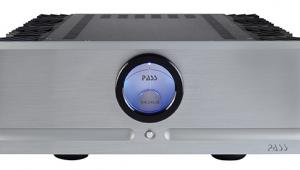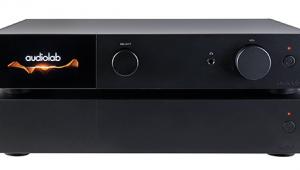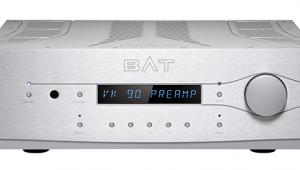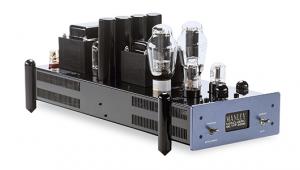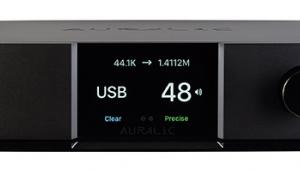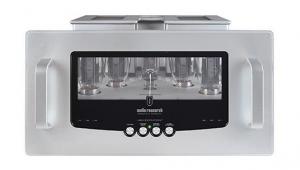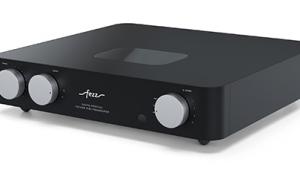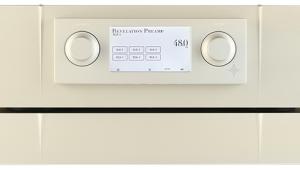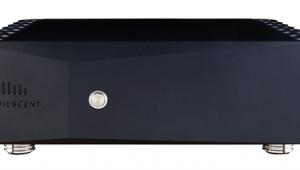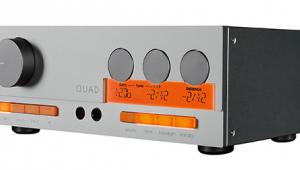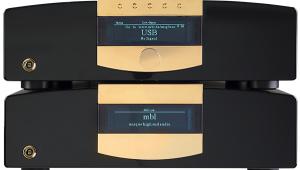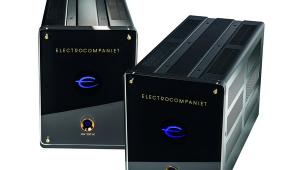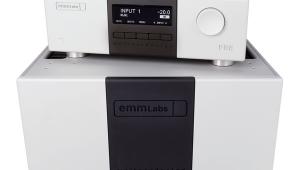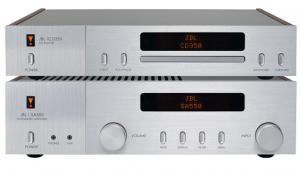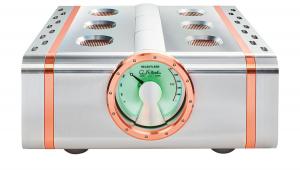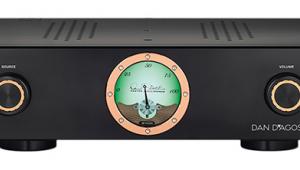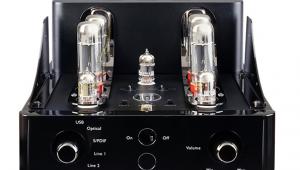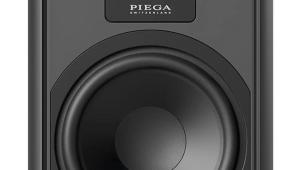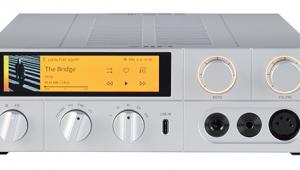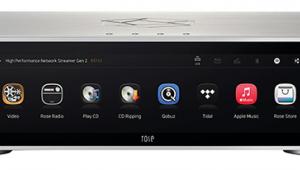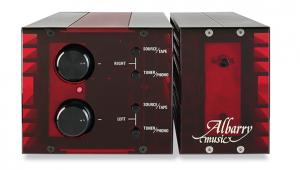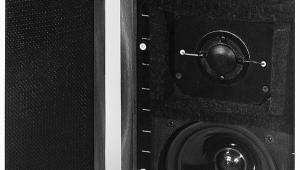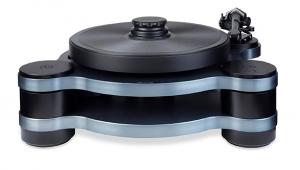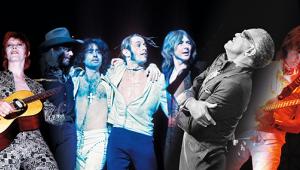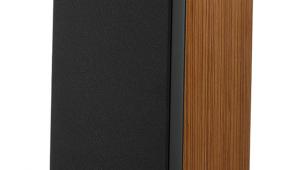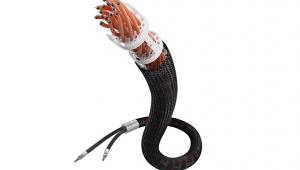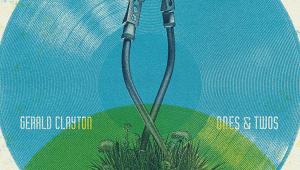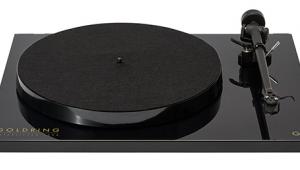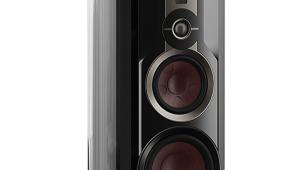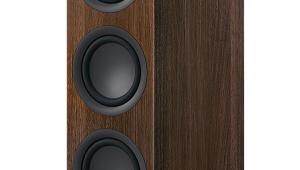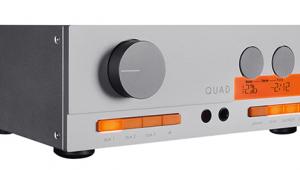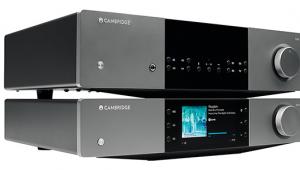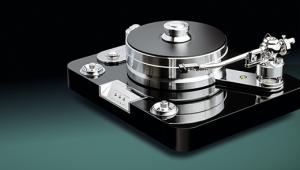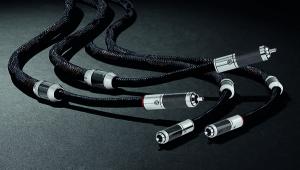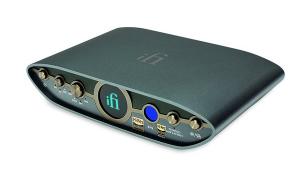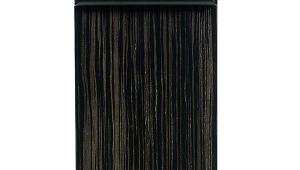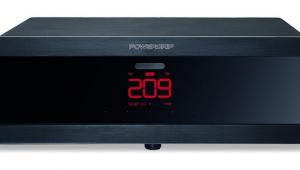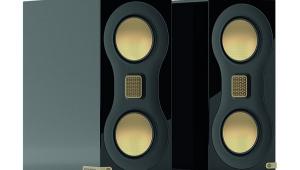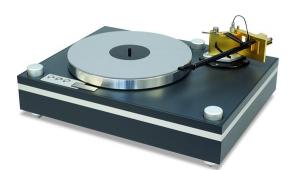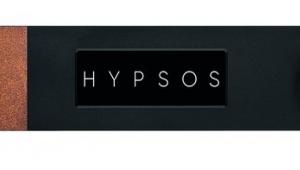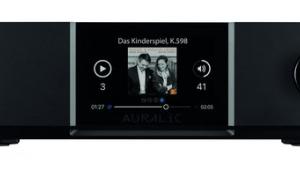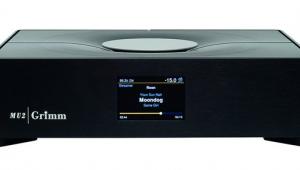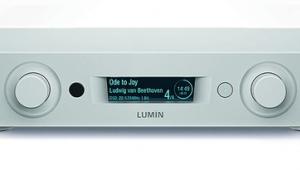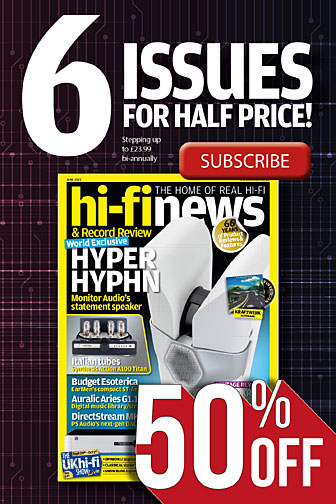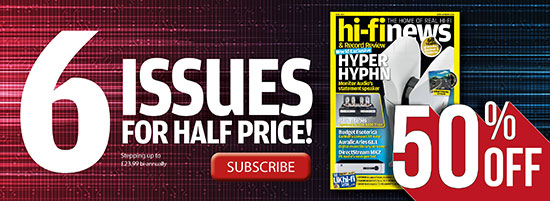Eversolo DMP-A10 Streamer/DAC/preamp
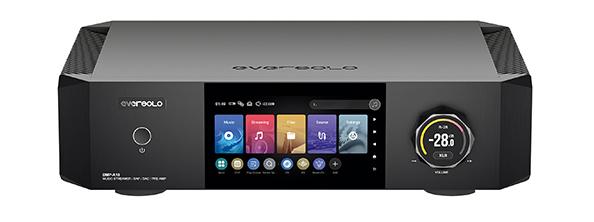

Eversolo’s DMP-A8 [HFN May ’24] was an indication of the Chinese brand’s ambition to progress beyond affordable but very capable DACs and streamers into ‘real’ hi-fi territory. The DMP-A10, which ratchets up both features and finish, is the next step. It’s also Eversolo’s first full-sized component, alongside a new AMP-F10 power amplifier that’s clearly been designed to be a perfect visual match.
While the £1890 price tag of the DMP-A8 helped it seem ‘a bit of a steal’, the DMP-A10 – almost double at £3590 – fits more into line with Eversolo’s premium rivals. However, just like the DMP-A8, this is a do-it-all device rather than a laser-focused hi-fi separate, as it can be configured to work as a standalone DAC, digital transport, streamer, media server and/or an analogue preamplifier.
At your fingertips
Indeed, if you are acquainted with the DMP-A8, the DMP-A10’s roster of features will appear very familiar, as will the way its functions and inputs are managed. In practice, the software platform, based on Android, is carried over from the DMP-A8 although there are some notable changes in terms of connections – the DMP-A10 has gained dual independent subwoofer outputs, a second set of analogue RCA inputs and an SFP fibre Ethernet socket, while abandoning its little brother’s I2S/HDMI output.
Other than this, why pay more for the ’A10? The answer, next to its far more attractive and robust 430mm housing, lies in the increased sophistication of its core digital audio design. Greater attention has been paid to its ‘high-speed electrical isolation’, the dual-power supply has been upgraded and ‘audiophile-grade’ components, including Nichicon capacitors, are now employed in key positions. Additionally, the manufacturer has not retained the DMP-A8’s two-chip AKM DAC implementation, instead switching to ESS’s latest flagship eight-channel ES9039SPRO device, used here with separate 44.1/48kHz OCXO (oven-controlled crystal oscillator) clocks.

For its debut full-size DAC, Eversolo has managed to design something that looks distinctive, even if the large cooling fins on the sides are largely of aesthetic rather than functional (heatsinking) value! Gone are the boxy corners of the ’A8, replaced here by large chamfers. A full-colour 6.5in/165mm touchscreen adorns a front panel that, like the rest of the unit, is made from CNC-machined alloy.
Pump up the volume
On most other models this large display would be the main attraction, but on the DMP-A10 there’s also a volume control, with facetted outer ring and circular colour display in the middle, stealing the limelight. This feels a bit odd when handled but does produce a nice mechanical clicking sound – courtesy of internal relays cycling through the ‘R-2R ladder’ volume control in 0.5dB increments, values that can be changed via the DAC/preamp’s settings.
As already mentioned, and like other products from HiFi Rose [HFN Jan ’25 & Oct ’23], FiiO and others, Eversolo’s DMP models use a stripped-down version of the Android OS (minus the top GMS layer, which delivers Google functionality such as the Play Store). Android’s roots are well disguised however, as the DMP-A10 presents you with an original interface augmented by Eversolo’s EOS audio engine, which bypasses Android’s limitations on high-res playback. The only thing that hints at Google’s software underneath is the device’s ability to install third-party apps.
This is one of the strengths of the DMP-A10, as you can add the likes of Apple Music (albeit sans high-res support) and other platforms via an automated install process. There’s also a manual approach, useful for music apps not on Eversolo’s list, such as Bandcamp. Both methods involve some user input but give the DMP-A10 a leg up on network audio players limited to the ‘usual suspects’ (Tidal, Qobuz, etc).
Connect and serve
In addition to the onboard streaming options, you can use third-party solutions such as Roon and Apple AirPlay or play files from network shares and connected USB storage. The DMP-A10 also supports installation of up to two solid-state NVMe drives, and has inputs on USB-B, HDMI ARC and coax/optical, plus balanced/unbalanced analogue. Extensive EQ and DSP tools are applicable to specific inputs and outputs.
The attractive presentation (and organisation) of your music on the DMP-A10’s interface is replicated by Eversolo’s excellent app, and should anything be missing, there’s a casting mode which mirrors the DAC’s screen on your phone or tablet. As for that volume control, being able to display cover art inside it and having it rotate... Let’s just say it can be distracting, although for a while it was entertaining to have Peter Gabriel’s head, on his i/o album art, spinning around.
VU meters or bouncing equalisers can be shown instead of cover art, with multiple themes per choice. This is an example of how the DMP-A10’s sheer scope of functions and features might initially be overwhelming for some. But after a short acclimatisation it’s not hard to use even if it does manage to offer more options than a high-end AV receiver.
![]() In the clear
In the clear
Employing the DMP-A10 initially as a fixed-output streaming DAC, I hooked it up to a Primare PRE35/A35.2 amp set-up [HFN Dec ’19], driving DALI Rubicon 2 standmounts. Indexing the 30,000 or so tracks on my Synology NAS, via Ethernet, took a bit longer than expected, but once done I was soon enjoying the ’A10’s clear, involving and distinctly ‘audiophile’ performance.
With well-judged remasters dating from 2005, the Greatest Hits album from Pat Benatar [Capital 7243578858-2-9] is a great retrospective of the 1980s pop star, and the DMP-A10 grabbed my attention when playing the classic ‘Love Is A Battlefield’. The drums were spread out broadly across the soundstage, behind a superb delivery of Benatar’s vocals, including the high notes during the chorus. This is a song that, on the right system, has a distinctly ‘spatial’ feel to it, information the DMP-A10 communicated with ease.
Eversolo’s interface made adding and integrating a subwoofer – in this case an ELAC Sub 2050 – stress-free, although time must of course be taken to ensure levels and phase are in order. Considering the size of the DALI speakers, this was a good move to make Between The Buttons, from techno-outfit French 79 [Olympic; Alter K digital download; 192kHz/24-bit], a more engaging listen. With deep, pounding bass underpinning the drum track and a flighty synthesiser crisply placed above it all by the DMP-A10, it was a lot of fun too.

There’s even deeper bass in the next track, ‘Golden Times’, plus full-bodied stabs of analogue synths. It’s electronic music which evokes a clean room in a microchip factory more than a gritty nightclub, a character underlined by the precise portrayal of Eversolo’s streamer. Not that the DMP-A10 is clinical sounding – far from it. Spinning Beauté Barbare [Alpha 949; 192kHz/24-bit], a collection blending East European folk with works by Georg Philipp Telemann, the playfulness present in many of the pieces was always apparent.
In the bag
Songs like ‘Swiatówka’ and ‘Hora Din Caval’ are obviously meant to accompany dancing, something the DMP-A10 made easy to visualise. It also did a superb job of bringing an authentic tone to the assorted flutes, lutes and percussion, here recorded in what sounds like a small hall or church, and played with skill by The Musiciens de Saint-Julien ensemble. Additionally, besides being a reminder that bagpipes used to be played all over Europe in the Middle Ages, the traditional ‘Pozic Mamo Roz’ showcased the DMP-A10’s ability to present a more complex composition with great definition and separation. Meanwhile, the distinctive, reedy sound of the main instrument came across without ever feeling overtly gritty.
Sweet dreams
Connecting the DMP-A10 directly to Primare’s power amp and switching off the ‘bypass volume control’ brought its own R-2R attenuator into play. In this mode it continued to perform with panache, easily exposing the dense soundscapes on the 800 album [Doublemoon DM0042] from Turkish composer Mercan Dede, and keeping it all intact despite the multiple layers.

Some languidly played brass in particular had a beautifully organic glow to it, as did the drums on ‘Mercanistan’. The DMP-A10 really conveyed the dreamy feel and ambience of this album, which is full of reverberant strings – presented with excellent definition – and long synthesiser notes. Whatever I played, the overriding impression was that Eversolo’s flagship model wasn’t adding its own sonic imprint, instead just allowing the music to speak for itself. If the source material stands up, that’s a fine quality to have!
Hi-Fi News Verdict
The immense flexibility and striking design are all big parts of the DMP-A10’s appeal, although some may initially find the wealth of options on offer overwhelming.Nevertheless, underpinning all these goodies is a skilfully implemented DAC and analogue stage, offering top-notch sound on par with the best at twice the price. It’s no jack-of-all-trades, but as a launchpad to the high-end, it’s a veritable master of many.
Sound Quality: 89%
